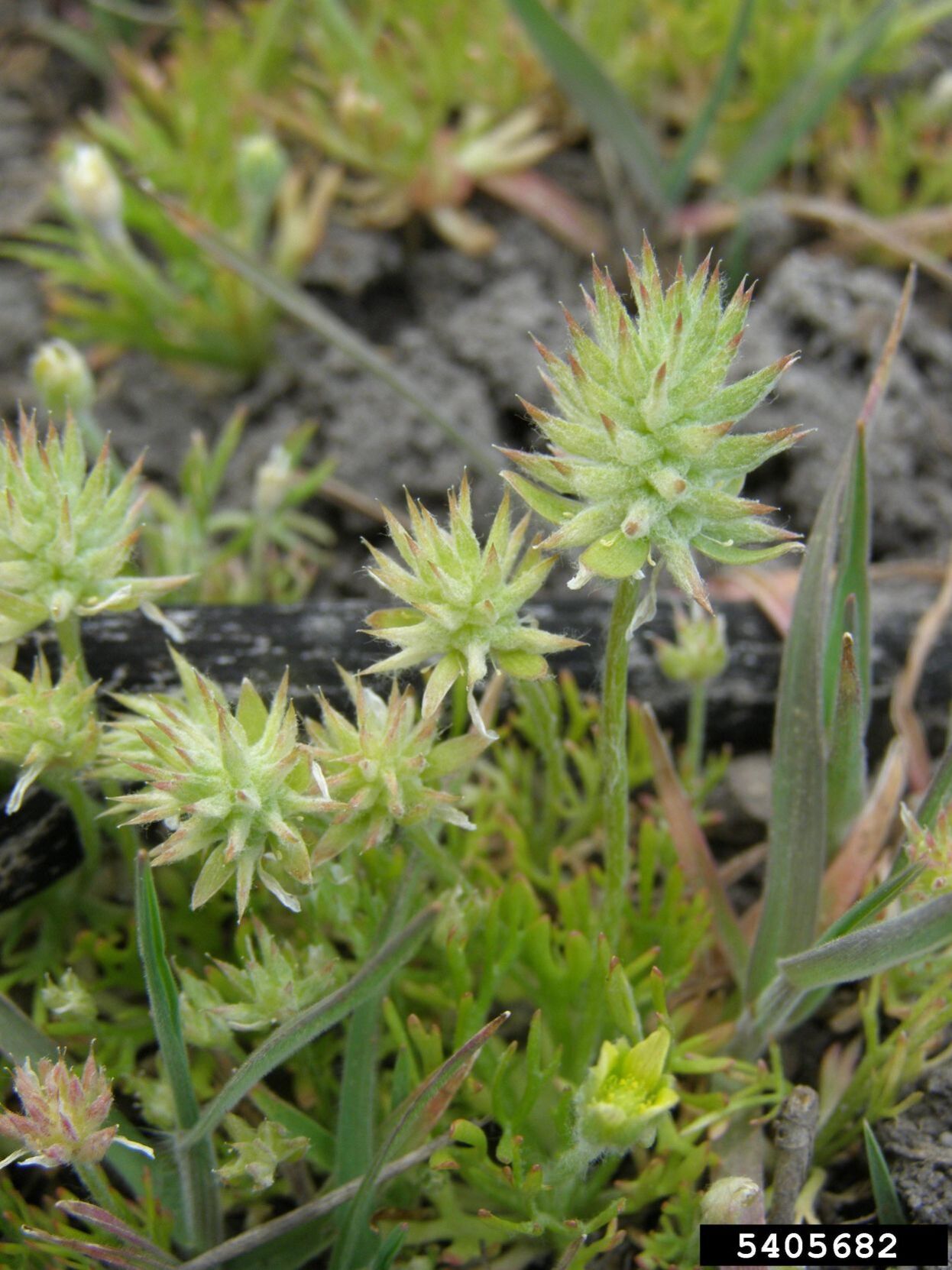


Courtesy: David Graper Catchweed BedstrawĬatchweed bedstraw ( Galium aparine) is another very common early-spring plant. Because of habitat destruction and over-collection, the populations of leopard lilies are declining.Catchweed bedstraw (Galium aparine). The leopard lily grows from a large bulb with scales. There is quite a bit of variation in the shape and arrangement of leaves and flowers.

The stamens are reflexed outward, which is a distinguishing field characteristic. Purple spots crowd the lower half of the six petals. The flowers are pale to bright orange with a lighter orange center. The lance -shaped leaves grow in whorls up the stem, which grows 3 to 7 feet in height. Leopard Lily ~ You would find it in places of direct sunlight and water. Hoeing, pulling and digging can control bur buttercup. It is important to control bur buttercup before they produce flowers and seeds. There are reports of sheep poisoning after ingesting bur buttercup. The transformation of ranunculin into protoanemonin occurs when the plant is crushed. It is a toxic species because it contains ranunculin, a chemical that changes into to protoanemonin, a highly toxic compound. It is a winter annual that emerges, flowers, and sets fruits in the spring, when temperatures climb into the 45 to 50-degree range. Bur buttercup (Ranunculus testiculatus) is an exotic annual weed, native of southestern Europe that has become widespread in gardens, small grains, pastures, wastes areas, and along roadsides in the western USA. Bur Buttercup ~ You would find it in places where it can get both water and sunlight. Douglas-fir can be planted as a specimen tree or, due to its thick branching habit, makes a good screening tree. The tree is conical when young and the crown will become more rounded as the tree matures.
#Bur buttercup plant full
Like most coniferous trees, the Douglas-fir should be planted in full sun, but they will tolerate some shade. The Blue Douglas-fir has blue-green needles, is more cold-hardy, and is more tolerant to shade than the Rocky Mountain variety. The Rocky Mountain Douglas-fir has green needles, grows faster and taller, and is less susceptible to Rhabdocline needle cast disease. Each variety of Douglas-fir has its own attributes and faults. There are two varieties of Douglas-fir, the Rocky Mountain variety (P. Douglas Fir (Conifer tree) ~ You would find it mostly in places of direct sunlight, but there are some types that will tolerate shade. The fruits are elliptic in shape, measuring 8-17 mm long and 4.5-10 mm wide with the lateral wings narrow and thickened but less than 2 mm wide. The several bracts at the base of each umbellate are narrowly linear while the pedicels in fruit are 4-20 mm long. The inflorescence is an umbel of 10-30 equal to subequal rays topped by small umbellatus, the longest rays 4-10 cm long. The leaves are 15-30 cm long and ternate-pinnately dissected into small and narrow segments about 1 cm long. The large leaves are generally basal, with up to 2 leaves on the lower stems. Fern-leaf desert parsley is an attractive perennial wildflower with several ascending, glabrous stems arising 40-150 cm high from a large, fleshy to woody, carrot-shaped taproot. Fern-leaf Desert Parsley ~ You would find it anywhere. Large tropical and subtropical species of Dendroceros may be found growing on the bark of trees. Some species grow in large numbers as tiny weeds in the soil of gardens and cultivated fields. Hornworts may be found worldwide, though they tend to grow only in places that are damp or humid. The flattened, green plant body of a hornwort is the gametophyte plant. The common name refers to the elongated horn-like structure, which is the sporophyte. Hornworts are a group of bryophytes, or non-vascular plants, comprising the division Anthocerotophyta. Common Hornwort ~ You would find it on the bark of trees. Common Hornwort, Fern-leaf Desert Parsley, Douglas Fir, Bur Buttercup, and the Leopard Lily are also widely found in the region. The Black Canyon gilia is a species of wildflower native to the park. Some common plants that are native to the park include aspen, Ponderosa pine, sagebrush, desert mahogany, Utah juniper, gambel oak and single-leaf ash.


 0 kommentar(er)
0 kommentar(er)
